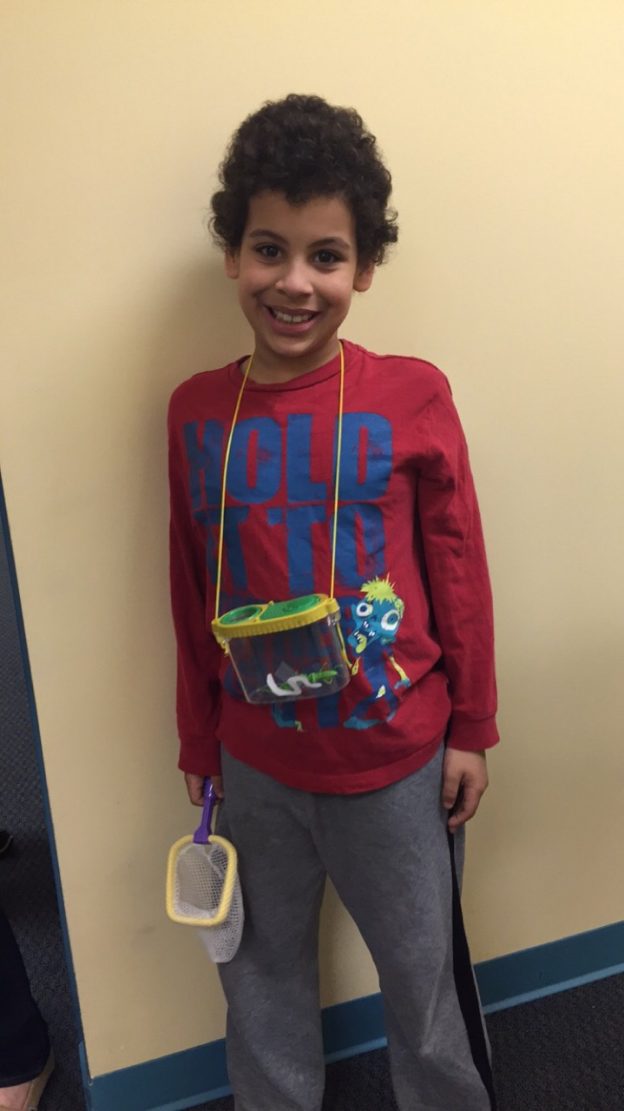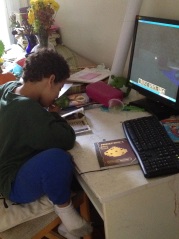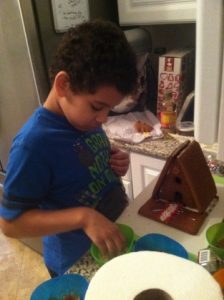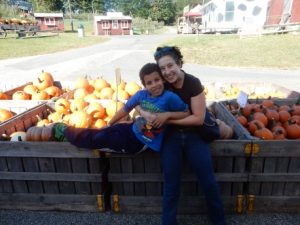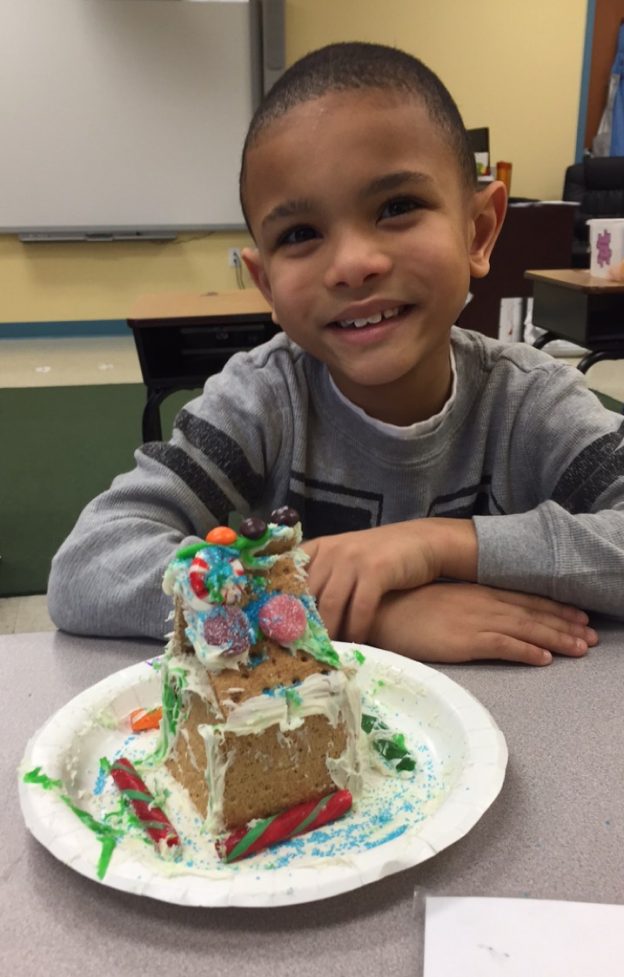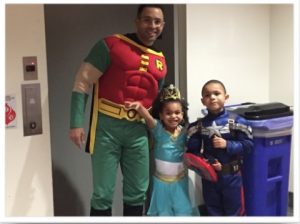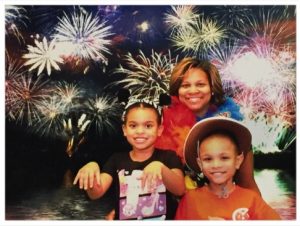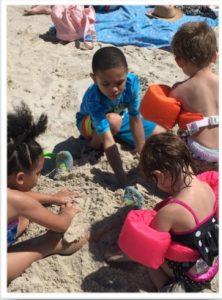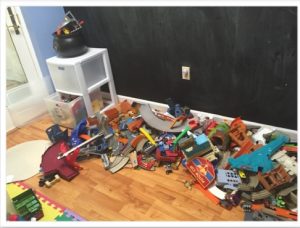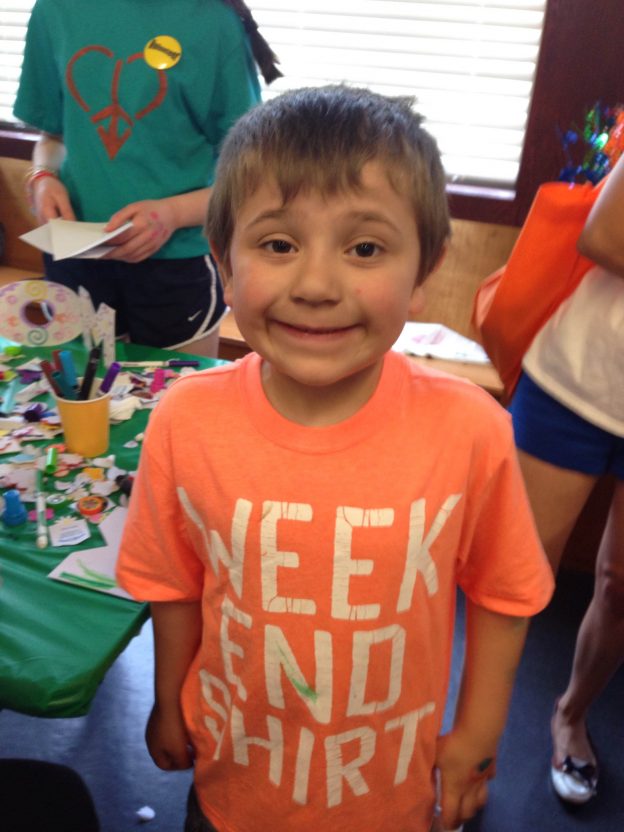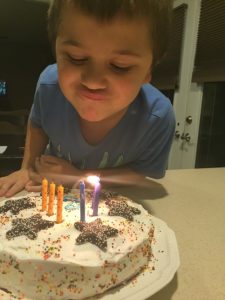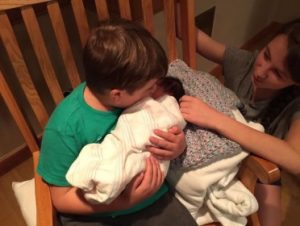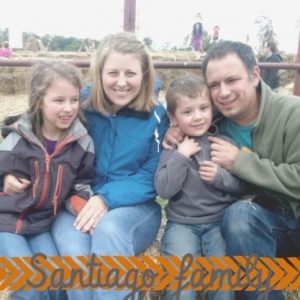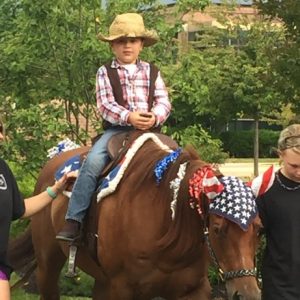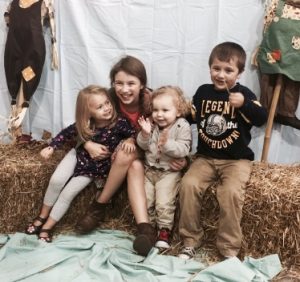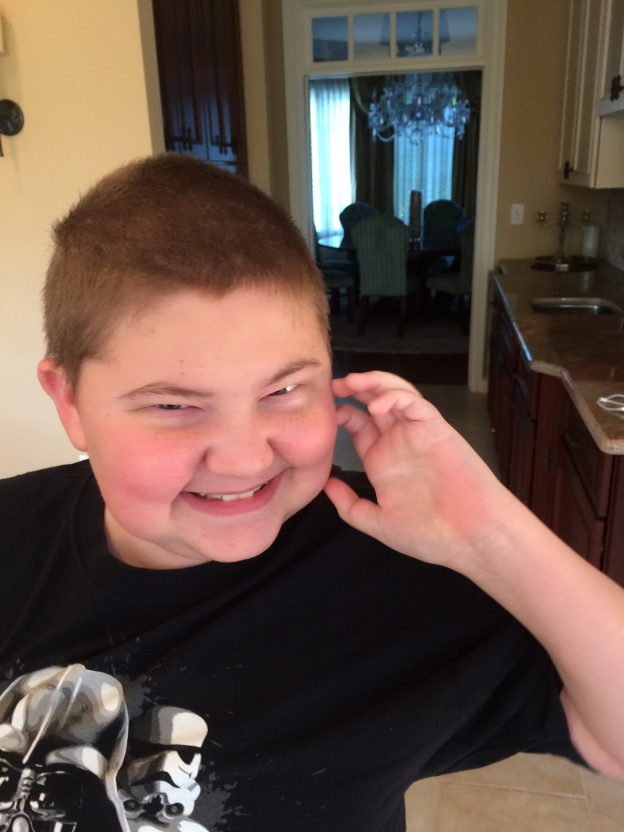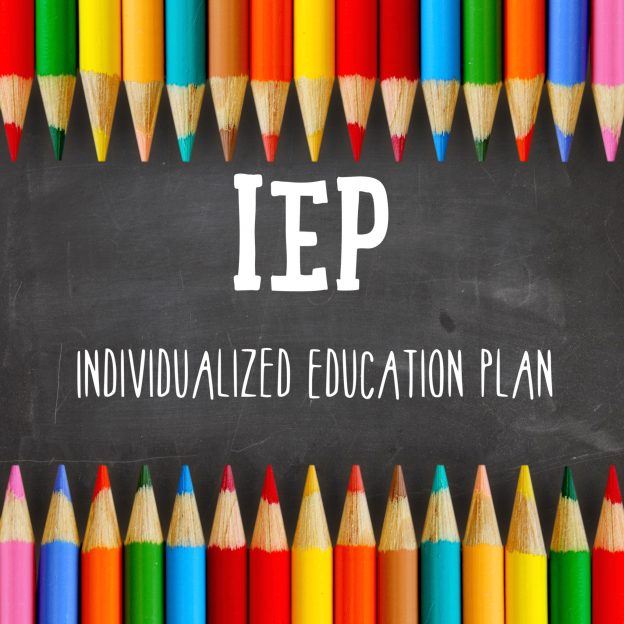
Published on: September 29, 2016
IEP meetings….some parents love them, some parents dread them. But after 10 years of participating in these meetings, the most common feedback I have heard from parents is that these meetings are overwhelming. The amount of information to go through, the number of professionals contributing to the meeting, and the decisions to be made about your child’s goals and needs can certainly be a lot to process. Even when the news is good and the team is efficient, an IEP meeting can still feel like a complex and even confusing procedure to participate in. To help you feel more prepared for these meetings, we have put together tips, suggestions, and general answers to some of the most frequently asked questions parents have had in regards to IEPs.
What is an IEP anyway?
An Individualized Education Plan (IEP), better known as an IEP, is a very important component to the programming in place for a child enrolled in Special Education. It is a required document designed to address each child’s unique learning needs and specific individualized goals. Every IEP includes these sections and these participants:
- demographic and personal information
- Ex: age, grade level, address, school info, etc.
- present levels of student performance
- How is your child doing in school? What progress has he or she made on the current IEP goals? What are you child’s strengths and needs?
- testing accommodations
- These are the tools and strategies your child is permitted to access during formal testing such as the PARCC.
- Ex: verbatim reader, scribe, calculator, etc.
- supplementary aides and services
- Items, tools, strategies, and guidelines to ensure your child’s success
- goals and objectives
- The targets chosen for your child to learn and master over the course of the upcoming IEP year.
- related services
- The number and duration of related services such as occupational therapy, speech, etc.
- eligibility for extended school year
- This page determines whether or not your child will receive funding and enrollment into and academic program in summer months outside of the regular school year.
- This is not applicable to TSC students since our school year is 12 months long.
- specific school placement
- also referred to as “Least Restrictive Environment” or “LRE”
- this is justification for the school placement for your child.
- Attendees to IEP meetings include You, (i.e., the parent/guardian,) the professionals who work with your child, and the county liaison.
How do I know when my child’s IEP will be scheduled?
Every student’s IEP must be reviewed at least once a year. These yearly meetings are called Annual Reviews. So, if your child had an Annual Review in March of last year, he or she will have another Annual Review in March again this year. You can always contact your child’s teacher to ask when the next IEP meeting is scheduled.
When you are getting closer to your IEP meeting date, your county liaison or the IEP Chair at your school will send you a formal invitation to the IEP meeting. This must be given to you at least 5 business before the meeting is scheduled, but most counties try to send them out even earlier to help parents plan and prepare.
Other IEP meetings, such as tri-annual evaluations and periodic reviews, may occur in addition to your child’s Annual Review for the year. Tri-annual meetings occur every three years, when a student’s IEP team decides whether or not new formal assessments should be conducted. The most common assessments requested during a Tri-annual include a Psychological assessment to reevaluate a child’s educational diagnosis, an educational assessment to measure a student’s level of performance compared to a norm or as related to a specific criterion, and assessments for speech-language or occupational therapy to ensure all goals and objectives in those domains are properly aligned to the student’s needs. Please note that parents can also request formal testing at any time, and you do not have to wait for your child’s Tri-annual meeting to have that discussion with the team.
Periodic Reviews can be thought of as check-in meetings. They can be requested by any member on the IEP team, including the parent, and at anytime throughout the year. The focus of these periodic reviews are sometimes (1) general reviews of the progress the student has made thus far on an entire IEP, (usually to determine whether or not the IEP is effective and appropriate after giving the team a chance to work with it,) and other times they are called (2) to address one or a select few specific components of an IEP – related services, one or two specific goals, etc. – that a team member would like to change immediately.
What if I can’t make it to the scheduled meeting?
Fear not! You can request a different date and time, or you can ask to phone into the meeting.
I’m nervous that the new IEP won’t include something very important to me. Is there anything I can do?
Absolutely! Your child’s IEP Team will be summarizing data, conducting baselines, and writing your child’s new IEP in the weeks leading up to the meeting. That is a great time for you to touch base with suggestions, preferences, and priorities. You don’t have to wait for the meeting to express your opinion and share your input.
What should I do with all the paperwork that was sent home before the meeting?
Set aside some time to review the paperwork before the meeting. It can be a lot of information to go through, but reviewing it in advance will help you feel better prepared for the meeting. Take notes on things you might want to change or add, questions you have, and areas you would like to have more information on. If you have the time, send your feedback to your child’s IEP team in advance. Any revisions that can be completed before the meeting will help to keep the meeting concise and straight forward.
What should I bring to the IEP meeting?
Bring the documents that were sent home, along with any notes and questions you have from your review of the paperwork. It is also helpful to make a list of important information you have observed over the course of the past year regarding your child at home. This can include strengths and needs, accomplishments, social situations, likes and dislikes, and hobbies and activities.
Also, every IEP includes a section specifically for parent input. Some parents find it helpful to type out this information in advance to ensure their piece is thoroughly documented. Your input can include, (but is not limited to,) thoughts on the placement, reflections on the past year, specific suggestions, priorities for next steps, and present levels of performance at home.
As the parent or guardian, you can also bring guests to the meeting. Guests are often present for support, for advocacy, or to provide information on your child.
What if I have more questions about IEPs?
You can always contact members of your child’s IEP team to learn more about IEPs or to discuss your child’s IEP specifically.
By Layne Wells, Director of Education
For more information on The Shafer Center or to RSVP for the Parent Power Series on October 6, 2016 please call 410-517-1113
